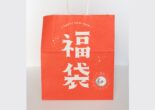There’s only one phrase to describe kafunsho or hay fever in Japan: it sucks! From the symptoms to the lack of energy to do anything, this condition can really take a toll on your health and productivity. Luckily, there are tried and tested ways to survive this annoying season which we will discuss below!
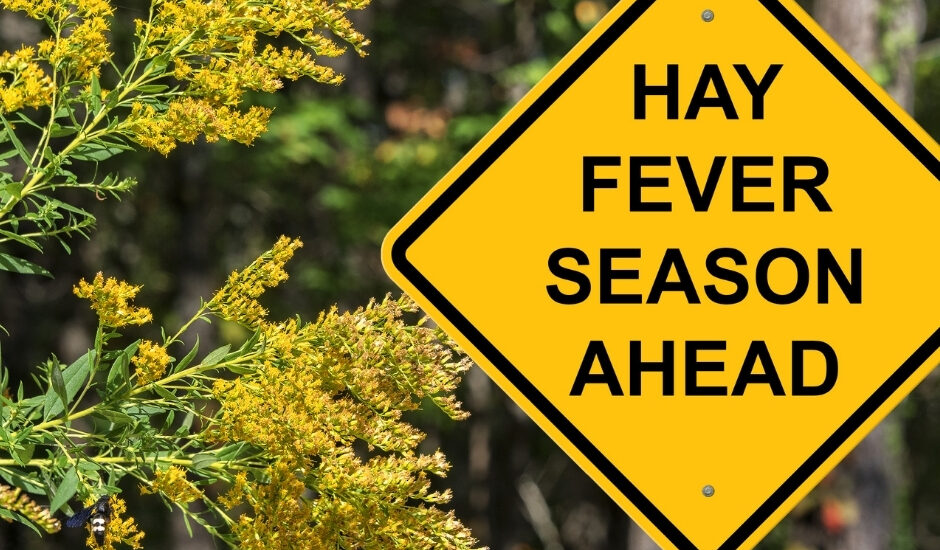
What is Kafunsho?
I grew up in a country that doesn’t have pollen season, and I am confident to say that my resistance to allergies is quite strong…until I’ve lived in Japan for a couple of years. Until recently, I found myself sneezing incessantly every morning and was surprised that I could actually get affected by hay fever. It turns out that many foreigners who live in Japan for a couple of full seasons have also succumbed to hay fever, so certain changes to one’s lifestyle are a must during this period.
Kafunsho comes from the word “kafun,” meaning pollen, and “sho” for symptoms. It is the time of the year when pollen levels are the highest coming from two Japanese trees: Japanese cedar and Japanese cypress. The heightened pollen dispersion causes allergic rhinitis or pollinosis in even those with zero allergies, causing them to start sneezing and feeling under the weather.
Statistics show that around half of Japan’s population suffers from pollen allergy, forcing authorities to prepare for the period like it’s the typhoon or heatstroke season. The unpredictability of wind currents also makes it difficult to track, unlike sensing an incoming storm with dark clouds or intense heat with increased temperatures. Without proper measures being taken, pollen can easily enter homes and trigger allergic reactions.

Here is a list of the most common symptoms of kafunsho to take note of:
- Sneezing
- Runny or congested nose
- Cough
- Watery, itchy, swollen, or red eyes
- Itchy mouth or throat
- Itchy skin
- Fatigue
It basically feels like a regular cold but with the added itchiness of the nose, throat, and eyes. However, unlike colds which are caused by a virus, hay fever is primarily an allergic reaction to pollen. It affects kids and adults alike and can last from February, peaking in March, all the way until May.

Best practices to survive hay fever
Don’t fall victim to kafunsho, and start practicing these simple changes to your daily lifestyle. These hacks enable you to enjoy the beautiful spring weather fully.
When cleaning your home, avoid using a vacuum cleaner during hay fever season as this would only scatter the pollen in the air. Instead, you can wipe floors using a damp cloth as this will lock in pollen for proper disposal. If you do need to vacuum, it’s best to use those with HEPA filters, as these are effective in removing smoke, dust mites, pet dander, and pollen!
Pollen can also stick to clothes, so as much as possible, avoid spending extended periods outdoors and dry laundry indoors. If you want to hang your laundry outside for the natural powers of the sun in enhancing freshness and removing strong odors, you can wrap a futon cover over clothes and futons.
Make it a point to check the weather forecast before making plans. You can check out the Japan Air Quality and Pollen link to see the air quality and pollen levels for the day, week, or even month. A quick hack to gauging pollen levels is when the temperatures are higher, windy weather with dry air, or the first sunny day following rain.
To further clear up pollen levels inside your home, you can install an air purifier for extra assistance. These ensure the air you breathe is clean without frequent cleaning on your part.

Equip yourself with these products
You might be against medicinal prescriptions, but there’s a reason why allergy sprays and other products are on the forefront of drugstore aisles during hay fever season. When you’re sneezing uncontrollably, nothing stops you from picking up a nasal spray for the relief it brings. Other options included eyewashes, nose throat candies, and eye drops, depending on the area needing extra relief or protection.
When you go outdoors, don’t forget your mask, although this has become a habit already as of late. Masks labeled PM2.5 are recommended by authorities to block out pollen. Pollen can also irritate the eyes, so you can wear hay fever protection glasses that fully cover the eye area.
For clothing, avoid knitted yarn fabrics and go for smooth cotton or synthetic materials to limit the amount of pollen that sticks to your outfit. Japan has developed a wide variety of products to combat pollen, so you can even find anti-allergen sprays specifically designed for clothing, masks, and the face. You can also find pollen-blocker creams to place under your nose. Cool, right?
Here’s a quick guide on the products you can use as a reference to combat hay fever:

- Nasal spray
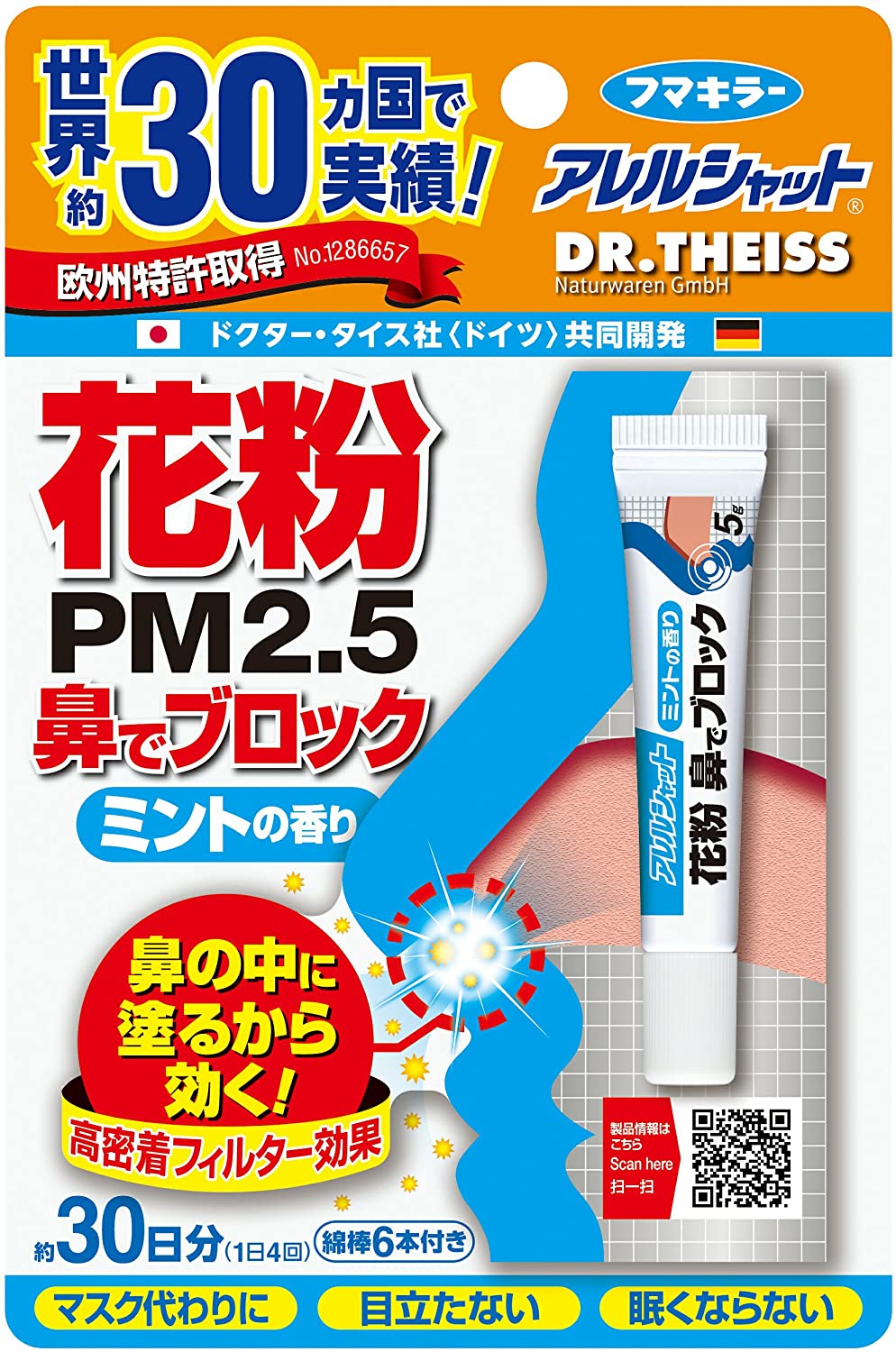
- Nose cream
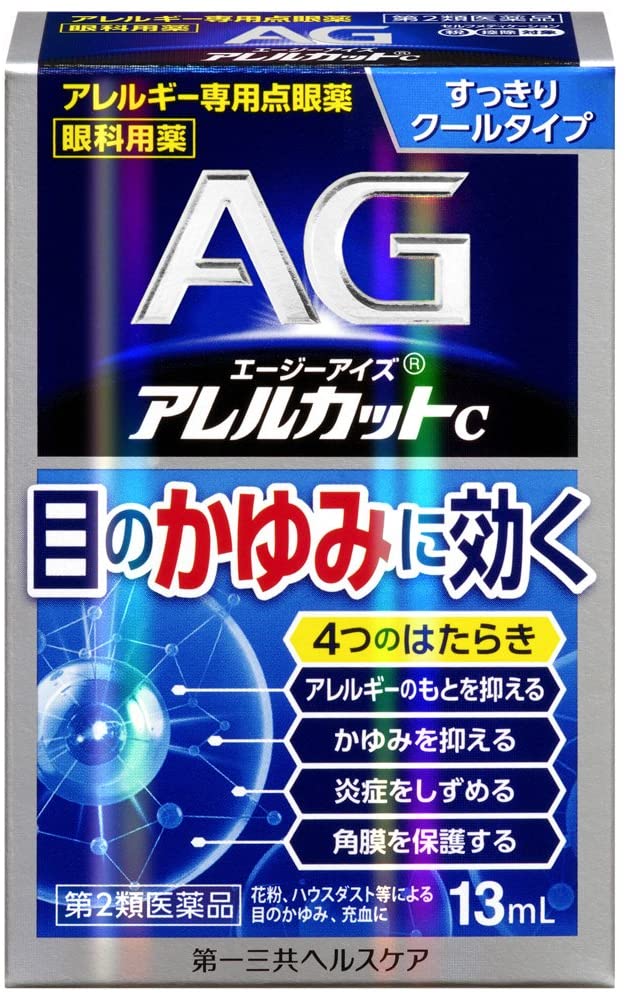
- Eye drops
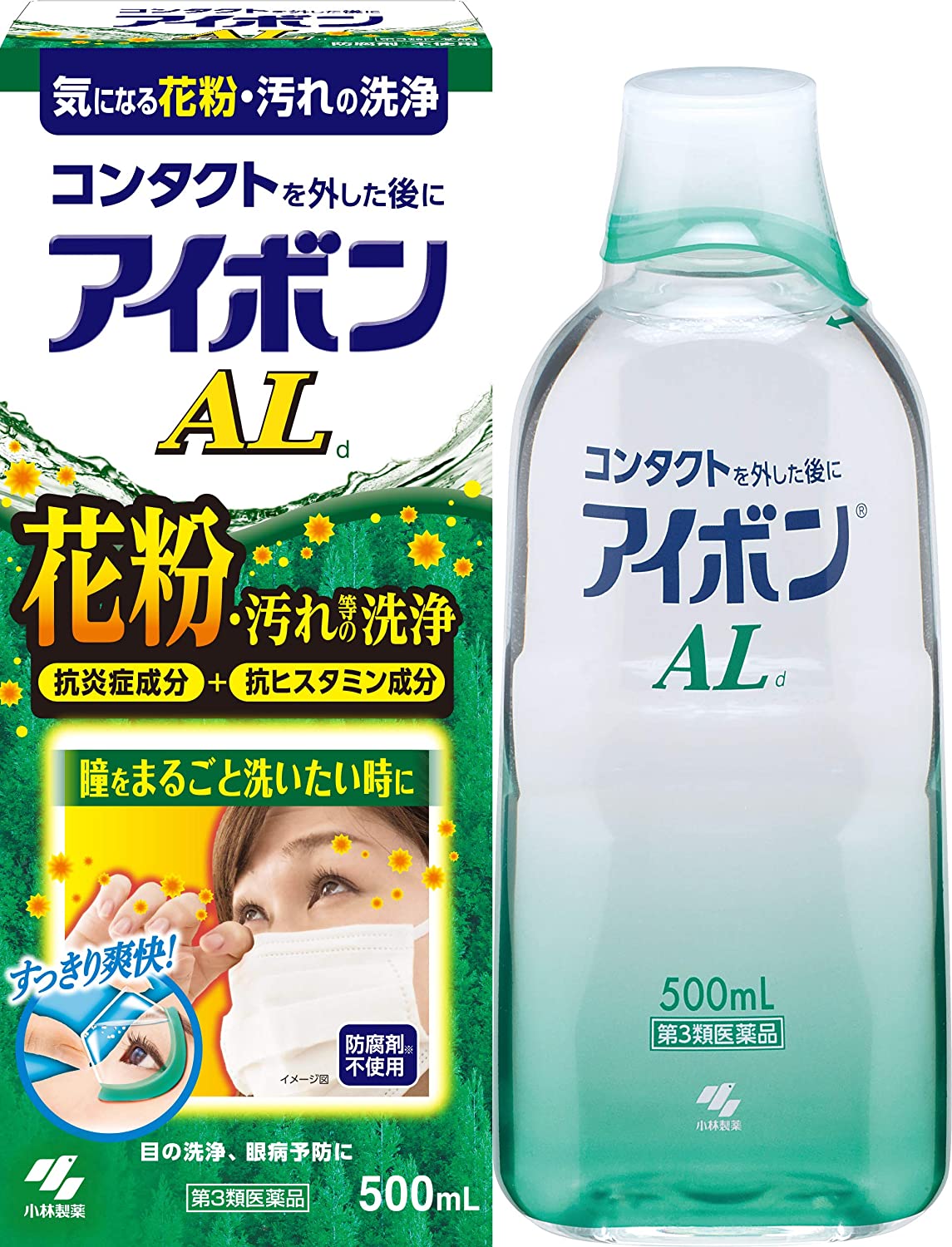
- Eyewash

- Mask
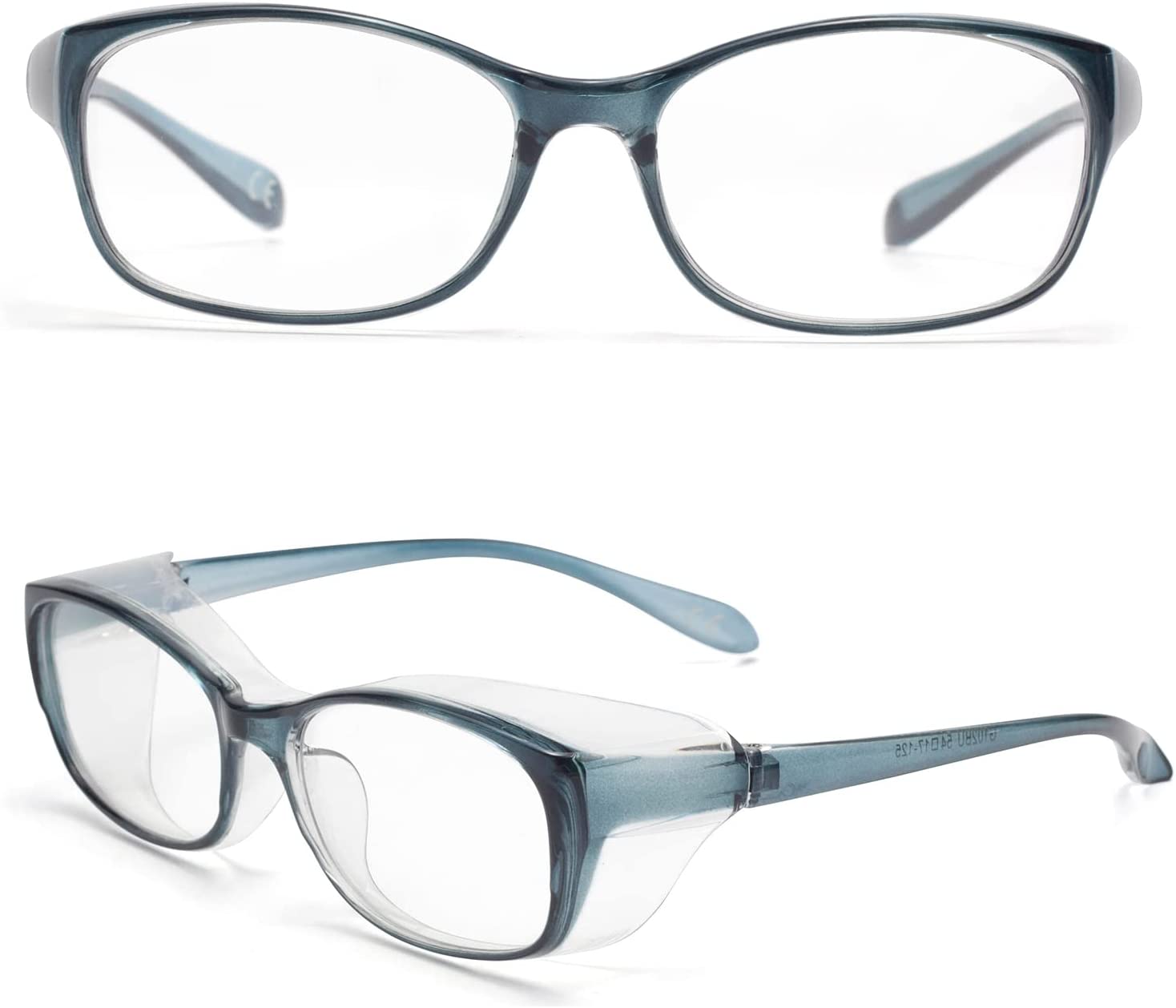
- Eye protection
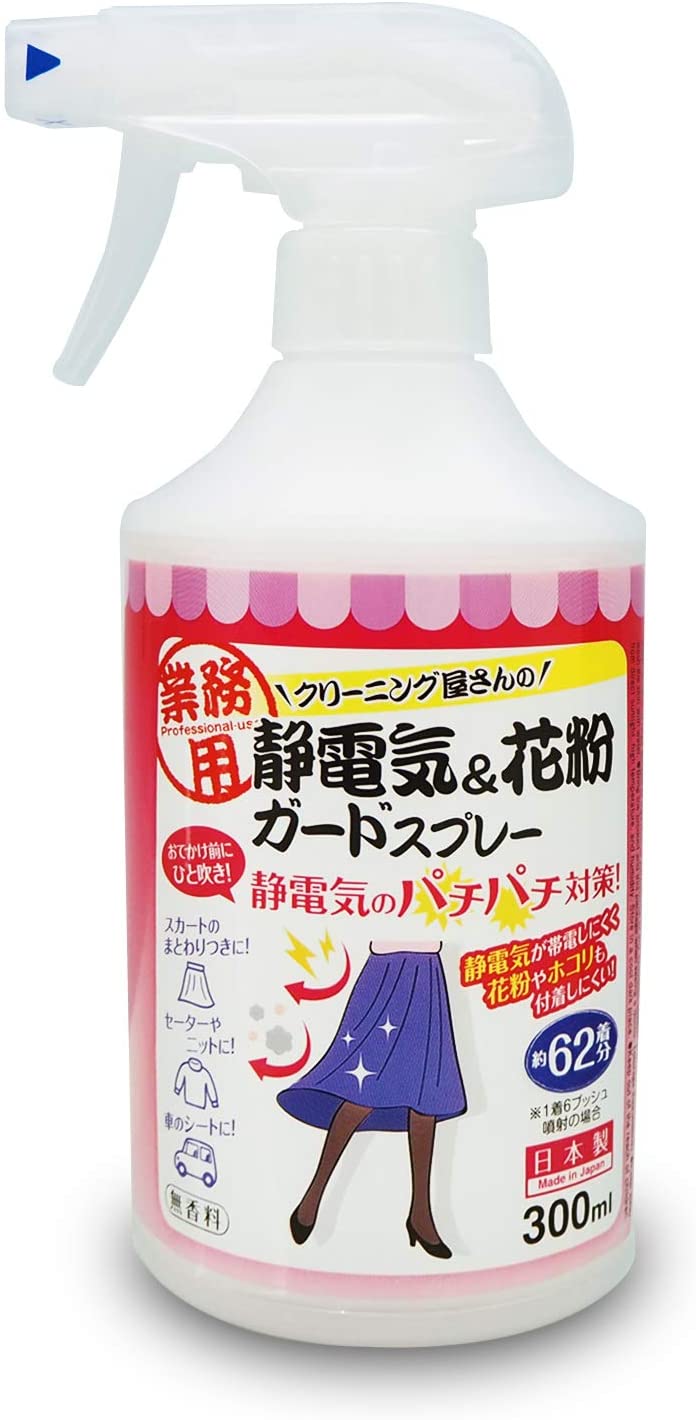
- Clothes spray
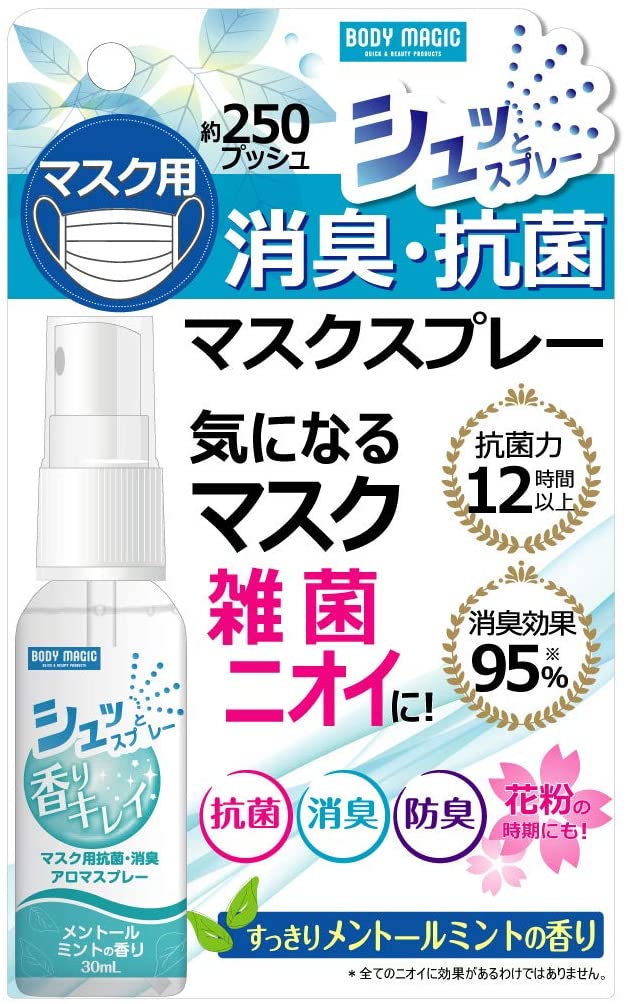
- Mask spray
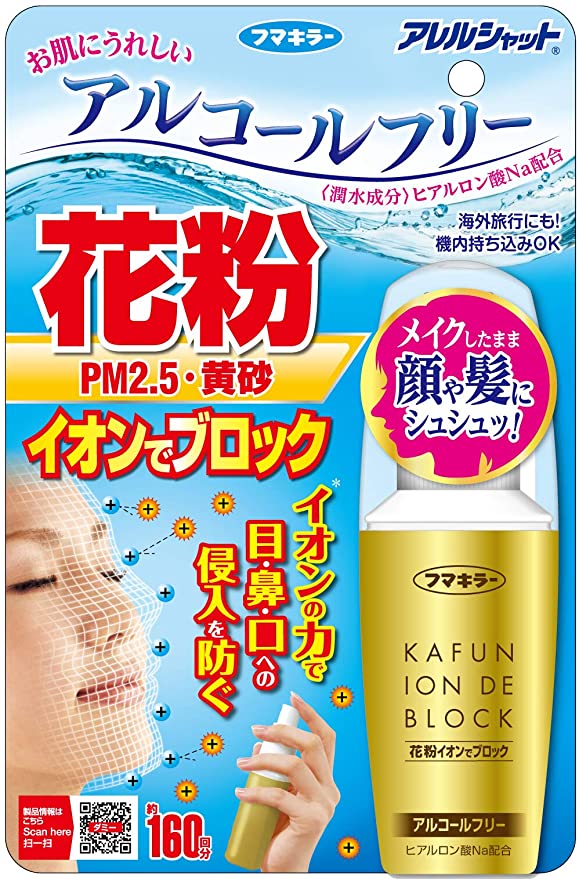
- Face spray
Going the more natural approach, you can drink tea like nettle tea, tencha, or guava tea or probiotics like Yakult, yogurt, natto, or miso for that extra boost in antioxidants and anti-inflammatory properties. To clear nasal congestion, you can try aromatherapy.
At the same time, you can consume food like kimchi and pickled plums, which are filled with probiotics to alleviate allergy symptoms. Quercetin-filled food like apples and grapes also helps control histamine levels.
All of the products and practices mentioned above can be utilized simultaneously to protect yourself and your loved ones from the cumbersome yet overcomeable kafunsho season.
Related Articles
Warning: Undefined array key "sfsi_threadsIcon_order" in /home/veremosglobal/tokyoroomfinder.com/public_html/blog/wp-content/plugins/ultimate-social-media-icons/libs/controllers/sfsi_frontpopUp.php on line 165
Warning: Undefined array key "sfsi_blueskyIcon_order" in /home/veremosglobal/tokyoroomfinder.com/public_html/blog/wp-content/plugins/ultimate-social-media-icons/libs/controllers/sfsi_frontpopUp.php on line 170
Warning: Undefined array key "sfsi_bluesky_display" in /home/veremosglobal/tokyoroomfinder.com/public_html/blog/wp-content/plugins/ultimate-social-media-icons/libs/controllers/sfsi_frontpopUp.php on line 266

